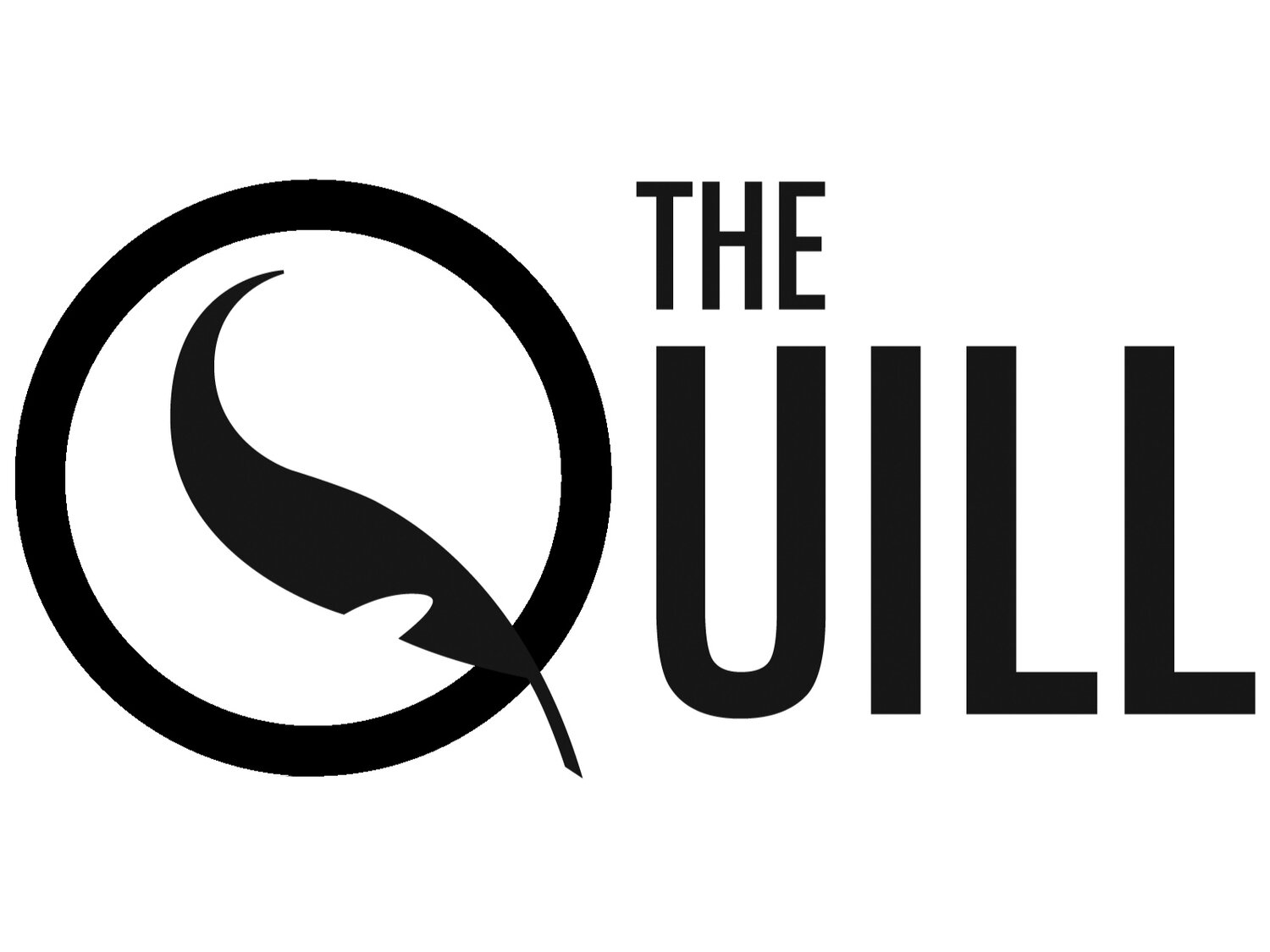There aren’t many things as overwhelming as a research paper. Especially ones that have little to no parameters. There is a unique sense of dread that accompanies the announcement “whichever topic you want as long as it relates to the course”. But… but just give me a topic. Give me a list of topics to choose from. Give me the structure of the paper. Give me the arguments. Just… write the paper for me. In this students unprofessional opinion, there are three things in a research paper that determine its success; the topic, the notes, and the outline.
1. The topic
It’s tempting to pick a topic you think will be ‘easy’, but it will much easier to motivate yourself to do the work if you pick a topic that interests you. It sounds like a cliché and it probably sounds like something your already over-worked brain doesn’t want to hear. Realistically, it is much easier to read 10 peer reviewed articles and spend 10 hours writing if the subject matter doesn’t make you second guess taking the class or going to university in the first place.
What parts of the course keep your mind active even when class is over? Which lectures caught your attention? Keeping that in mind, you shouldn’t pick a topic for ease, if you gravitate to certain material for test answers and in class discussion because it seems to come easy to you – you’re probably genuinely interested in it.
Search related material on the internet but to start, stay away from peer reviewed articles. Their overly academic jargon may scare you aware from a topic before you’ve completely explored the option. Look at less formal resources; news articles and blog posts can be stimulating ways to get ideas flowing.
Once you’ve settled on a general topic, start reading the abstracts and backgrounds of relevant peer reviewed articles. This will help you understand what research has and hasn’t been done. Knowing what research has been done will determine how many quality sources are out there for you to draw from. Knowing what research hasn’t been done will determine if your topic is significant to fulfilling a specific niche. There’s a sweet spot between these two that can be bridged by the creation of your thesis statement. The trick is to keep the statement broad enough that other people’s research can contribute to responding to the statement, but also specific enough in that the question is slightly unique. A general rule is that your thesis should be focused enough that you can make three solid points about your statement. This statement can be an opinion, fact, or question and will serve as a starting point for all research.
Your professor will never penalize you for asking for feedback on your thesis statement, and they may help you understand the scope, if it needs to be more narrow or more broad. Once you’ve decided on a thesis statement – congratulations – the hardest and most stressful part of this research paper is done.
2. The research notes
As you do research, refer back to your thesis statement. There will always be notes you take that are so ridiculously specific you later decide they aren’t important and that you can’t even use them. There will also be notes you take that you later read and have absolutely no idea what they mean. Make sure your notes are focused on the topic. Constantly ask yourself, will I understand this when I read it later? If the answer is that you’re unsure, air on the side of caution and take detailed notes – reading peer reviewed articles is hard enough, do what you can to avoid having to read them multiple times.
Pro tip: Keep the notes and their citations together ALWAYS – this saves you from having to reread articles or guessing where evidence came from. Not only is Microsoft OneNote an awesome tool for taking notes, it makes referring back to them so much easier. Make a ‘section’ for the paper, and pages for each source. This way you can keep track of sources and information without separating the two.
3. The outline
It’s hard to admit that a little extra work is worth it even when it’s not for grades, but writing an outline makes writing so much easier.
Start by writing out the most major points. These should be the most general, broad statements. Smaller details regarding evidence or research should fit into these broad points. Sorting the smaller bites of information into these broad points becomes much easier if you are able to formulate the major points before you do the bulk of the research. Keep sorting information from your research until you have no more relevant notes left. This can be done by duplicating the document your notes are in so that you can literally delete information as you use it (but still have it in a different file).
If you’ve done your research and you don’t yet know your major points, sort your notes by relevance. Group the pieces of information by how they relate to each other and you should begin to see patterns emerge that will inform the creation of your major arguments.
It will be a little gift to yourself if you put information into your own words when you’re taking them from your notes to your outline. Ideally, if you write a detailed enough outline, all you will need to do to actually write the paper is delete spaces and bullet points and add connecting sentences in between information. Sometimes this feels like you’re skipping the real writing part. Which is obviously ideal but make sure to add the necessary padding so that the paper doesn’t read like you just deleted spaces between notes. If you use this outline method, give the paper an extra proof read to ensure it’s not choppy.



